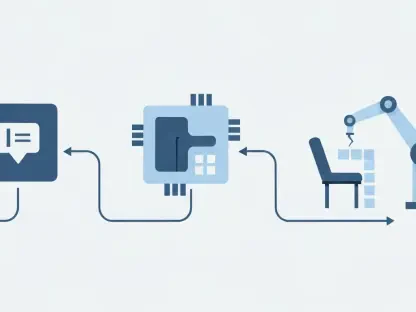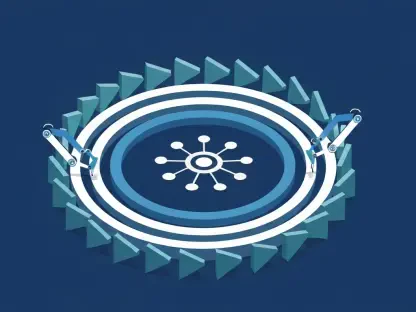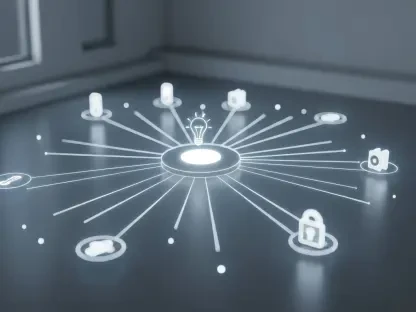Is Your Pet Ready for a Human Makeover? A New AI Trend Raises Eyebrows
Imagine opening an app, uploading a picture of your beloved pet, and moments later, staring at a human avatar that embodies their essence. As fascinating as it sounds, a growing trend involving ChatGPT’s latest image-generation capabilities is emerging, turning pets into human avatars. The emotional and psychological implications of this are causing unease among pet owners who find it both intriguing and unsettling.
The Curious Intersection of AI and Pet Ownership
With artificial intelligence becoming increasingly integrated into daily life, it is no surprise that it has found its way into the realm of pet ownership. AI tools like ChatGPT are now capable of more than just generating text—they can also create lifelike images. Pets play a significant role in their owners’ lives, creating strong emotional bonds that tend to elevate them from mere animals to family members. This deep bond is driving pet owners to explore new ways to connect with their furry friends, even if it means humanizing them through AI.
Pet ownership remains prevalent, with millions finding solace and companionship in their four-legged friends. As technology advances, the relationship between humans and their pets is evolving, leading to innovative yet controversial trends. The novelty of seeing a pet transformed into a human avatar takes this relationship to an unprecedented level, raising questions about the implications of such advancements.
The Transformation Process: How ChatGPT Morphs Pets into Humans
The transformation process starts simply: users upload a photograph of their pet to ChatGPT. The AI then analyzes the image, producing a human avatar that supposedly reflects the pet’s personality and physical traits. Despite the impressive capabilities of the technology, the process comes with notable limitations, including a considerable waiting time for the image generation.
John-Anthony Disotto, Senior Writer at TechRadar, recounted his experience utilizing this feature on his French Bulldog, Kermit. Disotto’s initial discomfort highlighted the emotional hurdles of anthropomorphizing pets. Although he was hesitant, professional commitments led him to proceed, culminating in an uncanny experience upon receiving the final human avatar.
The Reactions: Mixed Feelings Among Pet Owners
Reactions among pet owners are varied and complex. Disotto’s colleague, Marc Mclaren, found the transformation of his black Labrador, Rigby, both amusing and oddly fitting, illustrating the range of responses to the technology. While some find the human portrayals entertaining or even endearing, others feel deeply unsettled by the imagery, grappling with the psychological impact of seeing pets depicted as humans.
The unease experienced by pet owners parallels other AI ventures aimed at humanizing pets. For instance, Shazam’s AI-powered collar aims to translate dog sounds into human speech. Despite innovative intentions, these technologies often miss the depth of non-verbal communication between pets and their owners, emphasizing the unique challenges in technologically replicating emotional bonds.
Expert Insights: Humanizing Pets vs. Celebrating Non-Verbal Bonds
Experts weigh in on the debate, cautioning against the inclination to humanize pets through AI. While some see potential in enhancing understanding between pets and their owners, others argue that such trends might overlook the inherent value of non-verbal interactions. The bonds formed through gestures, sounds, and shared moments are irreplaceable by technology.
Celebrating these non-verbal connections underscores the essence of companionship with pets. Technological solutions, despite their ingenuity, often fall short of capturing the rich, unspoken dialogue shared between pets and their owners, leading to concerns about the limitations and appropriateness of turning pets into human avatars.
Navigating the Uncanny Valley: Practical Tips for Pet Owners
For pet owners curious about diving into this trend, there are ways to navigate the experience safely and responsibly. It is essential to approach with caution, upload images securely, and be prepared for potentially unsettling results. Managing emotional discomfort is crucial; owners should remember that the generated image, no matter how lifelike, does not capture the true essence of their pet.
Celebrating pets in their natural forms remains vital. The unique, non-verbal bonds shared with pets are irreplaceable, and celebrating these connections over technological interpretations can offer more genuine fulfillment. Ultimately, while AI can create fascinating representations, it is the unspoken communication and mutual understanding that define the deep relationship between humans and their pets.
Conclusion
The trend of using AI to transform pets into human avatars revealed a new dimension of human-animal relationships, prompting pet owners to explore amidst curiosity and discomfort. The technology, while impressive, still faced limitations and often missed the intricacies of non-verbal communication. Celebrating the natural forms and unique bonds shared with pets remained paramount.
Even as technology continued to advance, the fundamental connection felt between pets and their owners proved to be irreplaceable by artificial means. The unsettling yet fascinating journey of this trend underscored the complexity of human-animal relationships, highlighting both potential for innovation and the need to preserve genuine emotional connections cultivated through shared, silent moments.









